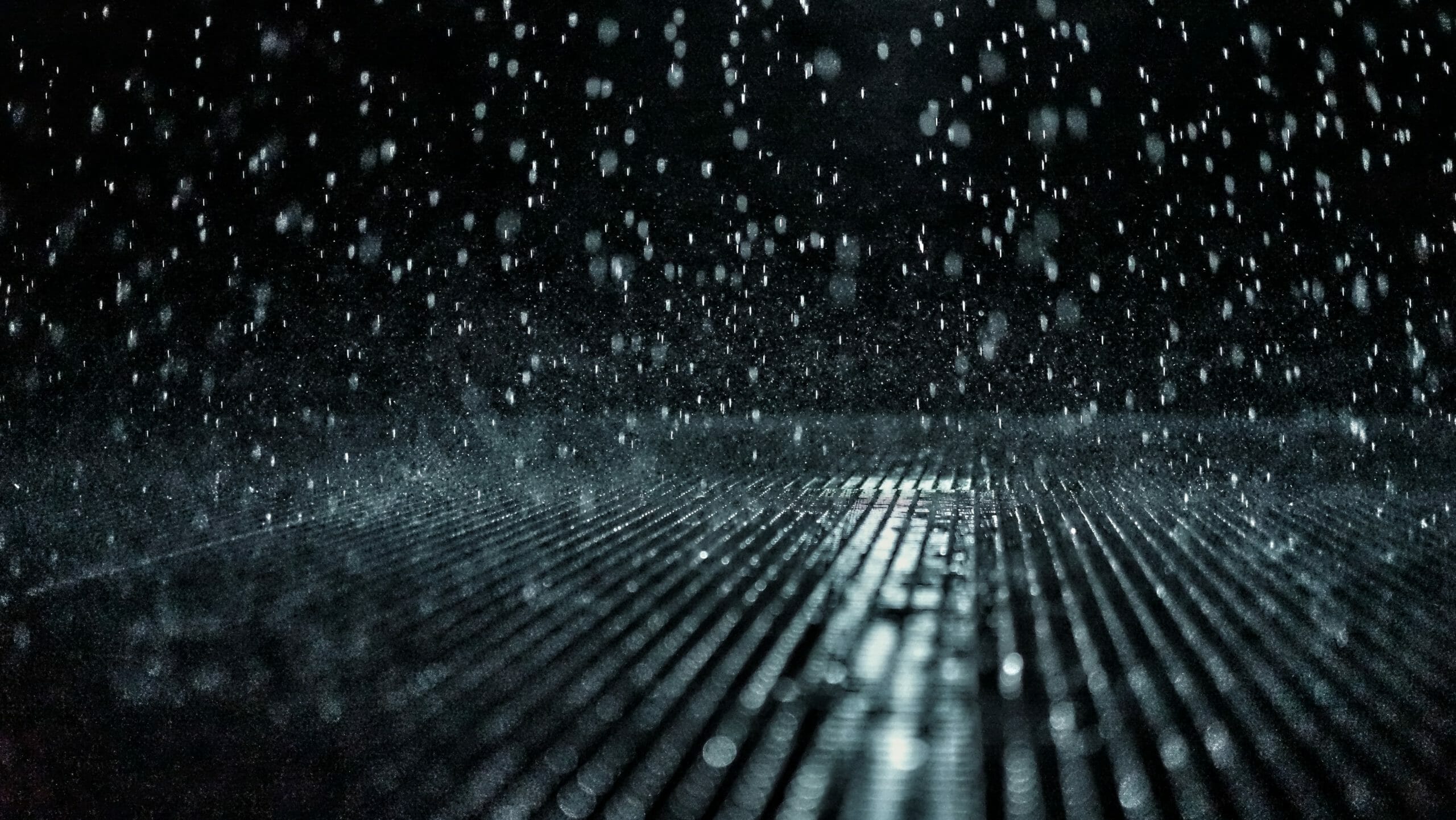Severe storms, strong winds, and hail often cause unplanned commercial roof damage. These elements can cause immediate and long-term issues for the roof, gutters, flashing, and skylights on your commercial property. With nearly 70 years in the business, we know the weather patterns in Tennessee and Alabama (and how unpredictable they can be). We also know the common issues to look for when you assess and address damage to your commercial roof after a major storm.
One of the first steps in repairing your commercial roof after a storm is to assess the damage. But what should you look for? And when do you need to conduct a professional inspection? We wanted to provide a few helpful tips that will help you know how to safely assess the potential damage to your commercial property. Here are the three basic steps you can take to properly assess and address any roof damage after a storm:
1. Conduct an initial inspection with your facilities crew to look for obvious signs of damage.
If possible, facility managers or owners should inspect their roofs independently after every storm. You will want to clear your roof of any debris and look for any warning signs that indicate roof damage. Make sure you can do this safely. If your building has any pitch at all, we suggest bringing in a professional roofing company to assess the damage. If the roof is safe, you can begin by looking for some of the more obvious signs of roof damage. These include damage to the roof flashing, any splits or tears on the roof surface, missing accessories, or punctures to the roof. If you experienced hail, you’ll also want to consider how to address hail damage on your commercial roof.
2. Work with a trusted roofing partner for a more thorough inspection.
While the obvious indicators of storm damage are easy to spot, many signs of storm damage are not easy for the untrained eye to see. This is when hiring a qualified roofing technician is a good idea. A trained roofer can conduct a more thorough inspection — checking seams, testing flashing, and looking for small signs that often go overlooked.
It’s also important to find a technician you can trust. Over the last several years, many roofing contractors have become “storm chasers” that may cut corners and do faulty work. That is why it is essential to work with a local, reputable roofing company to help inspect, assess, and repair damages.
3. Don’t delay roof repairs.
Delaying roof repairs will only compound the impact of the damage. Waiting too long to repair your commercial roof can make the job much more expensive later on, especially if the storm season is just beginning! Addressing and repairing issues quickly also helps prevent further damage to your building or inventory.
At Maxwell, our 24/7 Emergency roofing repair service is designed to help customers address issues immediately. Whether it’s a weekend storm or a nighttime emergency, our team is on call and ready to respond after a significant storm.
As a leading roofing contractor in Tennessee and Alabama, we know that storm damage can happen at any time, creating significant challenges for property managers and commercial building owners. From making sure your building is safe to navigating insurance questions, we recognize you have a lot of responsibilities to manage. We want to make the repair process as smooth as possible.
To learn how we can help you assess and address storm damage on your commercial roof, contact us today. You can also report an emergency any time of day or night on our website.

